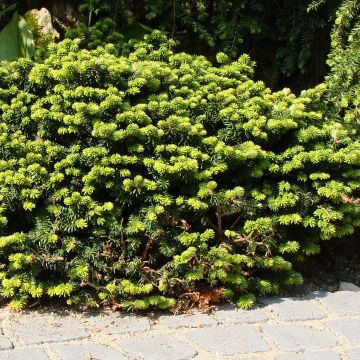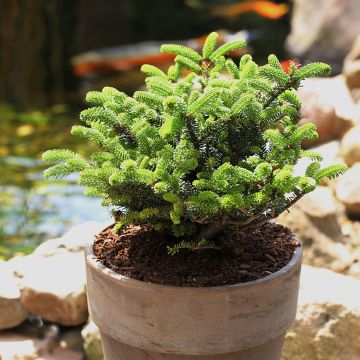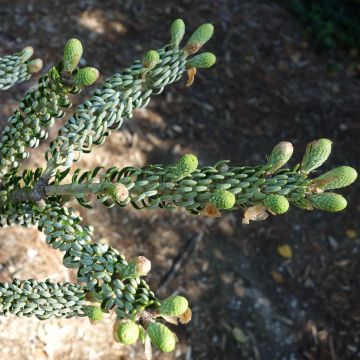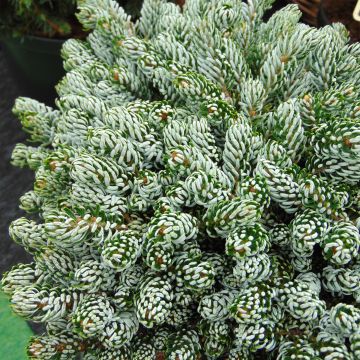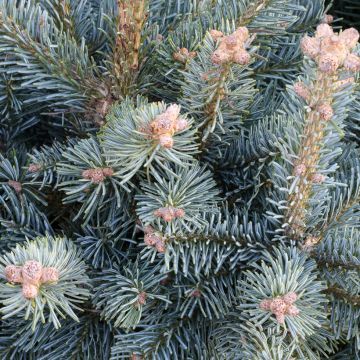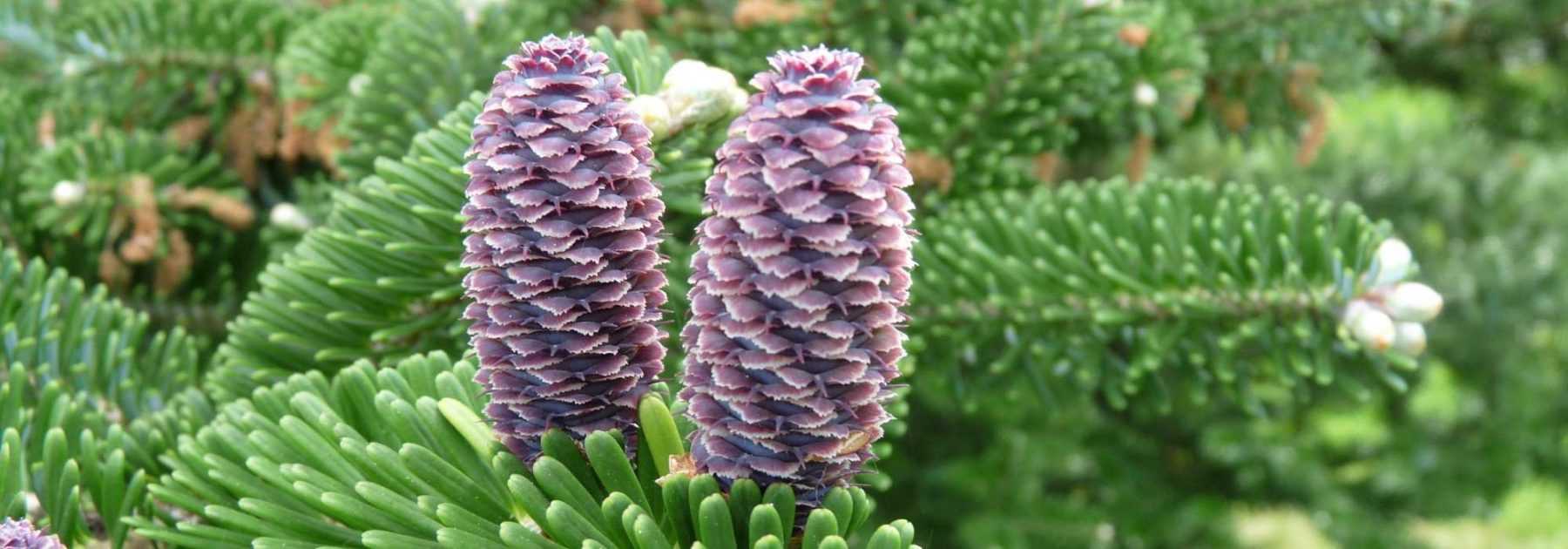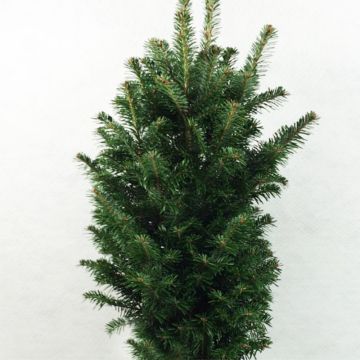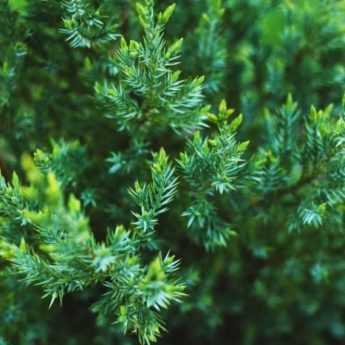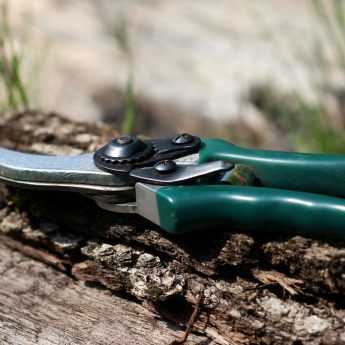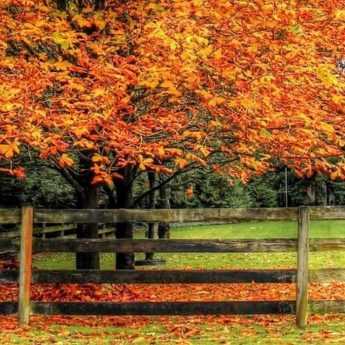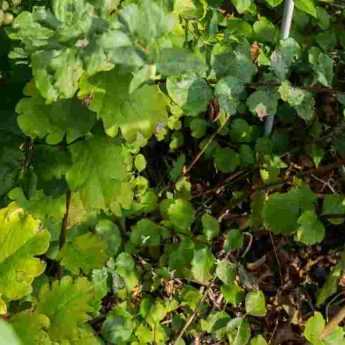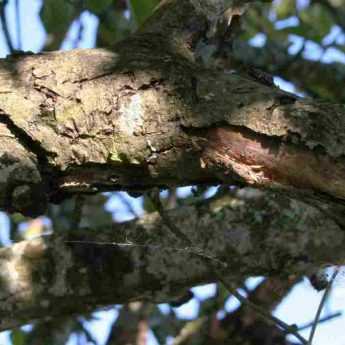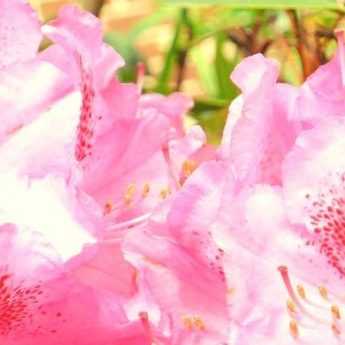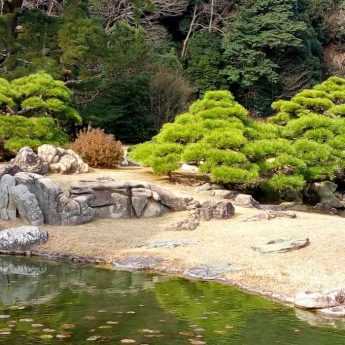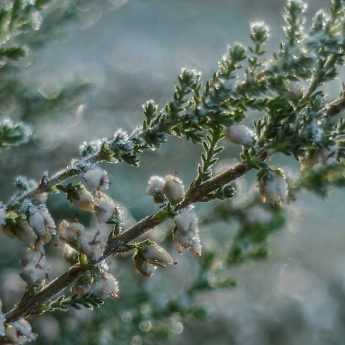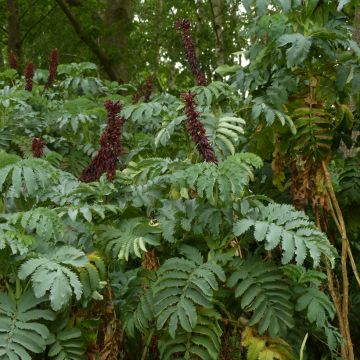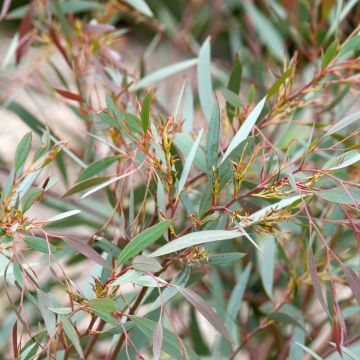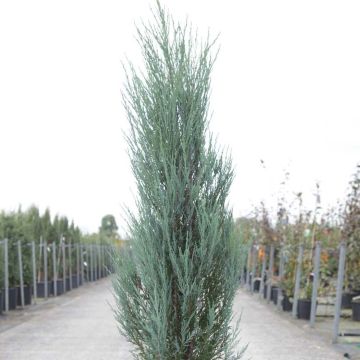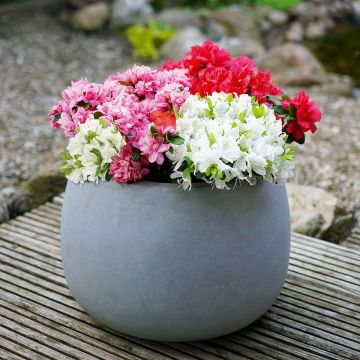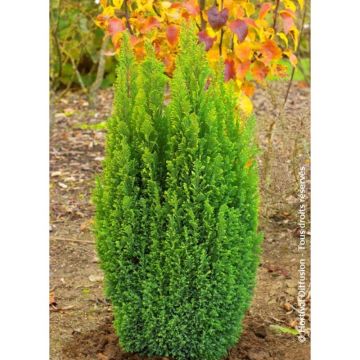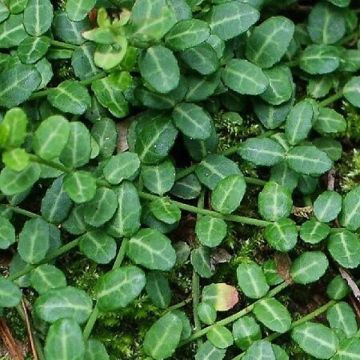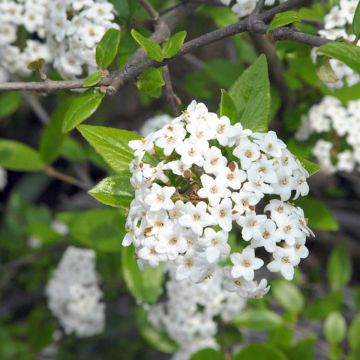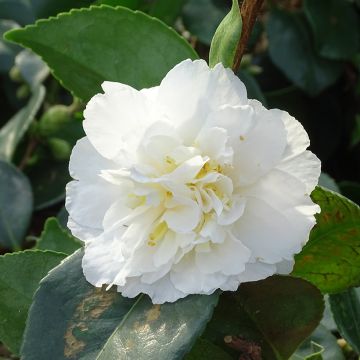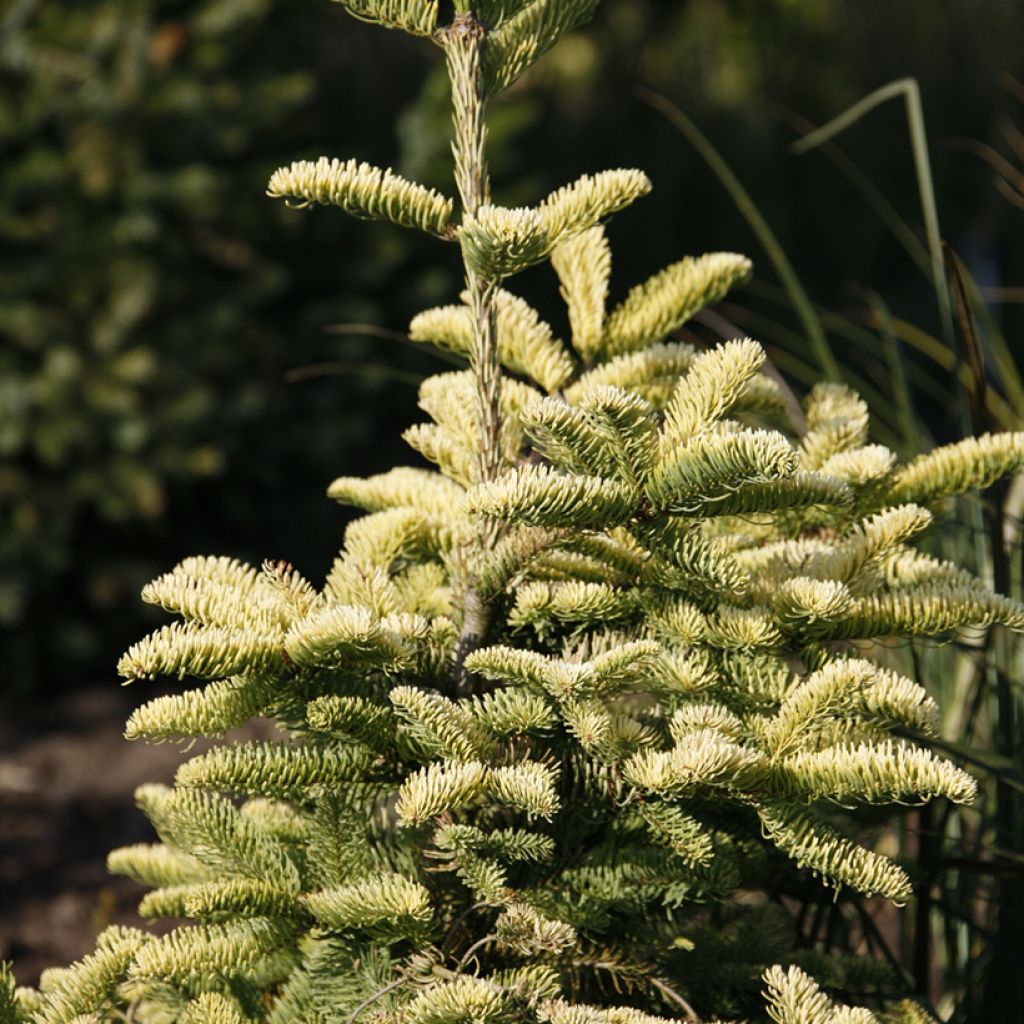

Abies procera 'Sherwoodii' - Sapin noble Sherwoodii, Sapin noble d'Amérique, Sapin bleu, Sapin rouge
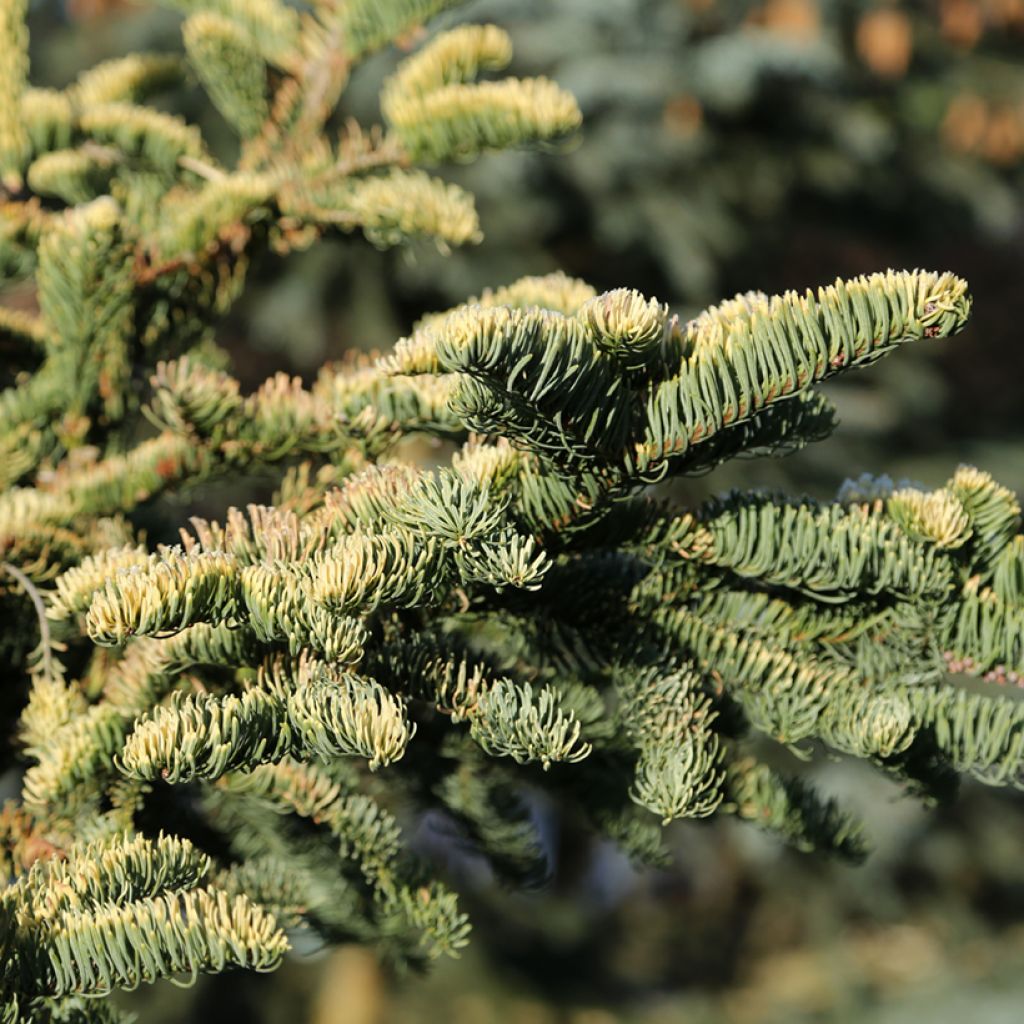

Abies procera 'Sherwoodii' - Sapin noble Sherwoodii, Sapin noble d'Amérique, Sapin bleu, Sapin rouge
Abies procera 'Sherwoodii' - Sapin noble Sherwoodii, Sapin noble d'Amérique, Sapin bleu, Sapin rouge
Abies procera 'Sherwoodii'
Sapin noble Sherwoodii, Sapin noble d'Amérique, Sapin bleu, Sapin rouge
Why not try an alternative variety in stock?
View all →This plant carries a 24 months recovery warranty
More information
We guarantee the quality of our plants for a full growing cycle, and will replace at our expense any plant that fails to recover under normal climatic and planting conditions.
Does this plant fit my garden?
Set up your Plantfit profile →
Description
The Abies procera 'Sherwoodii' is a variety of Noble Fir notable for its golden foliage and modest stature. It forms a small tree with an overall conical, irregular habit, covered in extremely decorative golden foliage. Over time, it produces dense, brush-like tiered branches. Its luminous silhouette and soft original habit make it perfect for adorning a large rockery or as the centrepiece of a dedicated flower bed.
Sometimes also called Noble Fir, the Abies procera is a high-altitude conifer from the Pinaceae family native to the United States. It is found in the mountainous and humid regions of the Cascade Range and the Pacific Coast Ranges, from far northwestern California through Oregon and Washington. In the wild, this species occasionally reaches heights of 40 to 70 metres and has a narrow conical habit. The Abies procera 'Sherwoodii' reaches between 3 and 4 metres in height and 2 to 2.5 metres in spread after 15 years of cultivation. Its growth is slow. This small tree has a short, slightly sinuous trunk from which numerous horizontal branches of varying sizes emerge very low. Its very fine needles are light yellow in spring, turning golden yellow in summer, rounded at the tips, spirally arranged around the branch but slightly twisted towards the top of the stem. The overall effect resembles small, soft, and luminous brushes. Its grey bark is smooth, covered in resin blisters, then turns reddish-brown, becoming rough and fissured on older specimens.
With its slightly twisted golden silhouette, the Noble Fir 'Sherwoodii' is ideal for enlivening a large rockery or a small urban or Japanese-style garden. To decorate its base, you could choose blue 'Cascade Blue' aubrieta or 'Naomi' Japanese forest grass for example. The striking graphic qualities of dwarf conifers naturally lend themselves to the design of a contemporary garden that favours the aesthetics of shapes, silhouettes, and textures over flowering displays. These plants provide reassurance through their permanence, offering lasting structure to flower beds, marking pathways, and bordering terraces. Paired with medium-height, tousled ornamental grasses which share a highly complementary temperament, they create equally interesting scenes. The key is to play with volumes and colours.
Abies procera 'Sherwoodii' - Sapin noble Sherwoodii, Sapin noble d'Amérique, Sapin bleu, Sapin rouge in pictures


Plant habit
Foliage
Botanical data
Abies
procera
'Sherwoodii'
Pinaceae
Sapin noble Sherwoodii, Sapin noble d'Amérique, Sapin bleu, Sapin rouge
Cultivar or hybrid
Other Abies
View all →Planting and care
The Abies procera 'Sherwoodii' should be planted in spring or autumn in a soil that retains some moisture, is rich in humus, and slightly acidic or neutral. It does not tolerate lime. This small conifer thrives in non-scorching sun or partial shade. Water the plants regularly during the months following planting. Being a species suited to cool, humid montane or oceanic climates, the dwarf noble fir dislikes heat and drought.
Planting period
Intended location
Care
Planting & care advice
This item has not been reviewed yet - be the first to leave a review about it.
Similar products
Haven't found what you were looking for?
Hardiness is the lowest winter temperature a plant can endure without suffering serious damage or even dying. However, hardiness is affected by location (a sheltered area, such as a patio), protection (winter cover) and soil type (hardiness is improved by well-drained soil).

Photo Sharing Terms & Conditions
In order to encourage gardeners to interact and share their experiences, Promesse de fleurs offers various media enabling content to be uploaded onto its Site - in particular via the ‘Photo sharing’ module.
The User agrees to refrain from:
- Posting any content that is illegal, prejudicial, insulting, racist, inciteful to hatred, revisionist, contrary to public decency, that infringes on privacy or on the privacy rights of third parties, in particular the publicity rights of persons and goods, intellectual property rights, or the right to privacy.
- Submitting content on behalf of a third party;
- Impersonate the identity of a third party and/or publish any personal information about a third party;
In general, the User undertakes to refrain from any unethical behaviour.
All Content (in particular text, comments, files, images, photos, videos, creative works, etc.), which may be subject to property or intellectual property rights, image or other private rights, shall remain the property of the User, subject to the limited rights granted by the terms of the licence granted by Promesse de fleurs as stated below. Users are at liberty to publish or not to publish such Content on the Site, notably via the ‘Photo Sharing’ facility, and accept that this Content shall be made public and freely accessible, notably on the Internet.
Users further acknowledge, undertake to have ,and guarantee that they hold all necessary rights and permissions to publish such material on the Site, in particular with regard to the legislation in force pertaining to any privacy, property, intellectual property, image, or contractual rights, or rights of any other nature. By publishing such Content on the Site, Users acknowledge accepting full liability as publishers of the Content within the meaning of the law, and grant Promesse de fleurs, free of charge, an inclusive, worldwide licence for the said Content for the entire duration of its publication, including all reproduction, representation, up/downloading, displaying, performing, transmission, and storage rights.
Users also grant permission for their name to be linked to the Content and accept that this link may not always be made available.
By engaging in posting material, Users consent to their Content becoming automatically accessible on the Internet, in particular on other sites and/or blogs and/or web pages of the Promesse de fleurs site, including in particular social pages and the Promesse de fleurs catalogue.
Users may secure the removal of entrusted content free of charge by issuing a simple request via our contact form.
The flowering period indicated on our website applies to countries and regions located in USDA zone 8 (France, the United Kingdom, Ireland, the Netherlands, etc.)
It will vary according to where you live:
- In zones 9 to 10 (Italy, Spain, Greece, etc.), flowering will occur about 2 to 4 weeks earlier.
- In zones 6 to 7 (Germany, Poland, Slovenia, and lower mountainous regions), flowering will be delayed by 2 to 3 weeks.
- In zone 5 (Central Europe, Scandinavia), blooming will be delayed by 3 to 5 weeks.
In temperate climates, pruning of spring-flowering shrubs (forsythia, spireas, etc.) should be done just after flowering.
Pruning of summer-flowering shrubs (Indian Lilac, Perovskia, etc.) can be done in winter or spring.
In cold regions as well as with frost-sensitive plants, avoid pruning too early when severe frosts may still occur.
The planting period indicated on our website applies to countries and regions located in USDA zone 8 (France, United Kingdom, Ireland, Netherlands).
It will vary according to where you live:
- In Mediterranean zones (Marseille, Madrid, Milan, etc.), autumn and winter are the best planting periods.
- In continental zones (Strasbourg, Munich, Vienna, etc.), delay planting by 2 to 3 weeks in spring and bring it forward by 2 to 4 weeks in autumn.
- In mountainous regions (the Alps, Pyrenees, Carpathians, etc.), it is best to plant in late spring (May-June) or late summer (August-September).
The harvesting period indicated on our website applies to countries and regions in USDA zone 8 (France, England, Ireland, the Netherlands).
In colder areas (Scandinavia, Poland, Austria...) fruit and vegetable harvests are likely to be delayed by 3-4 weeks.
In warmer areas (Italy, Spain, Greece, etc.), harvesting will probably take place earlier, depending on weather conditions.
The sowing periods indicated on our website apply to countries and regions within USDA Zone 8 (France, UK, Ireland, Netherlands).
In colder areas (Scandinavia, Poland, Austria...), delay any outdoor sowing by 3-4 weeks, or sow under glass.
In warmer climes (Italy, Spain, Greece, etc.), bring outdoor sowing forward by a few weeks.


































